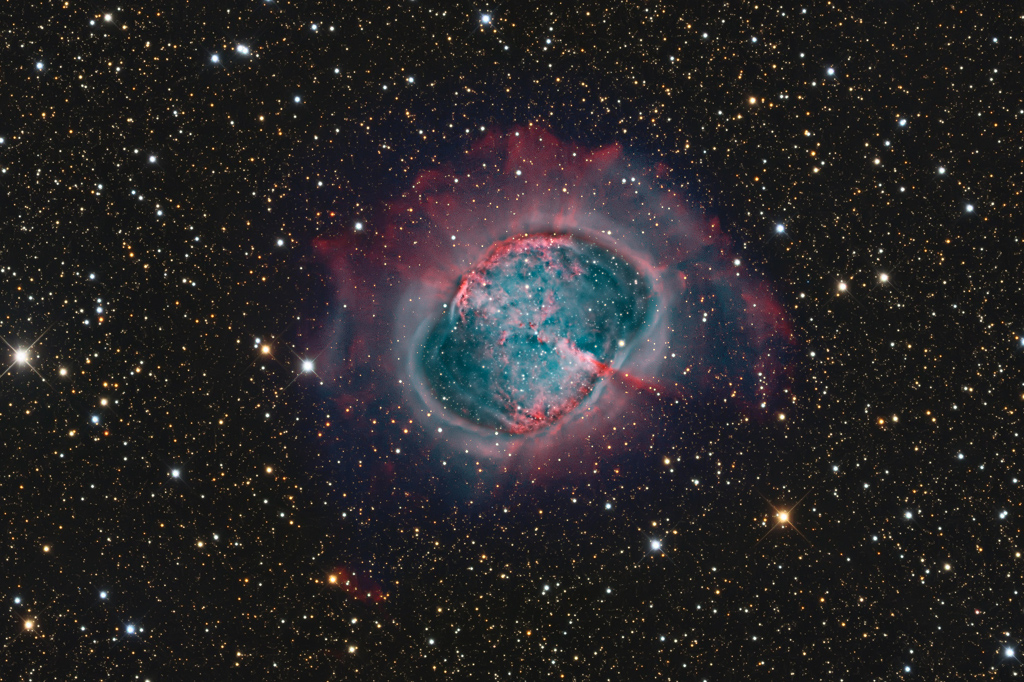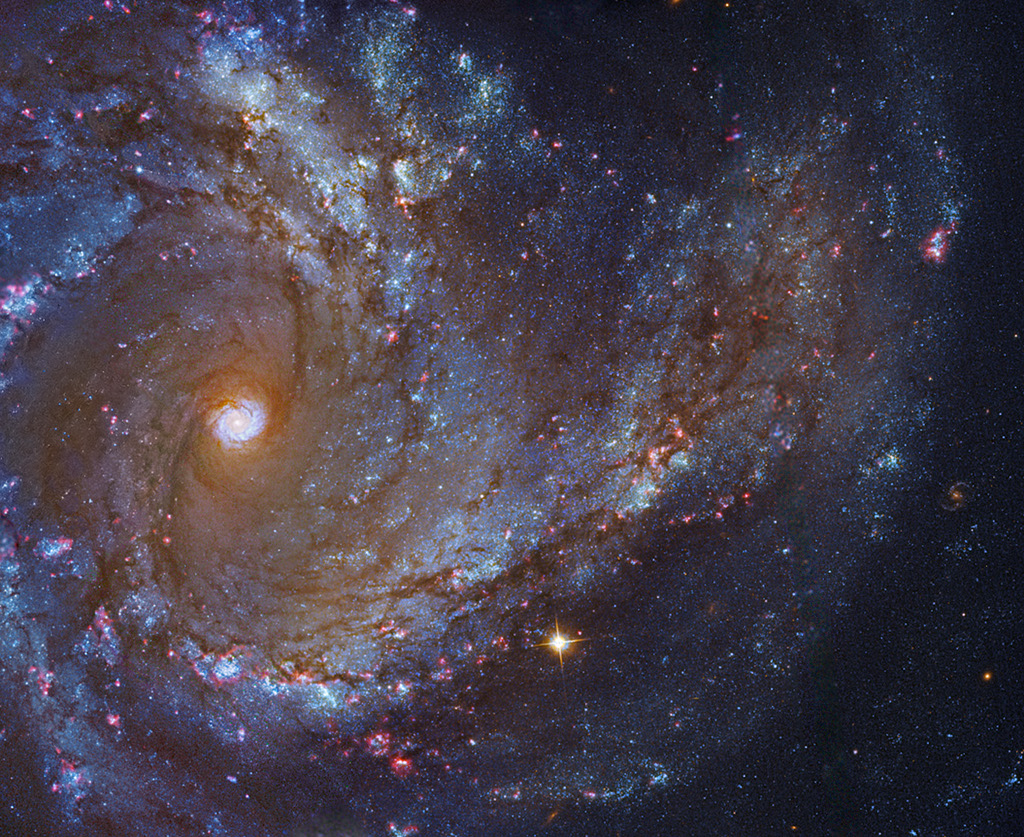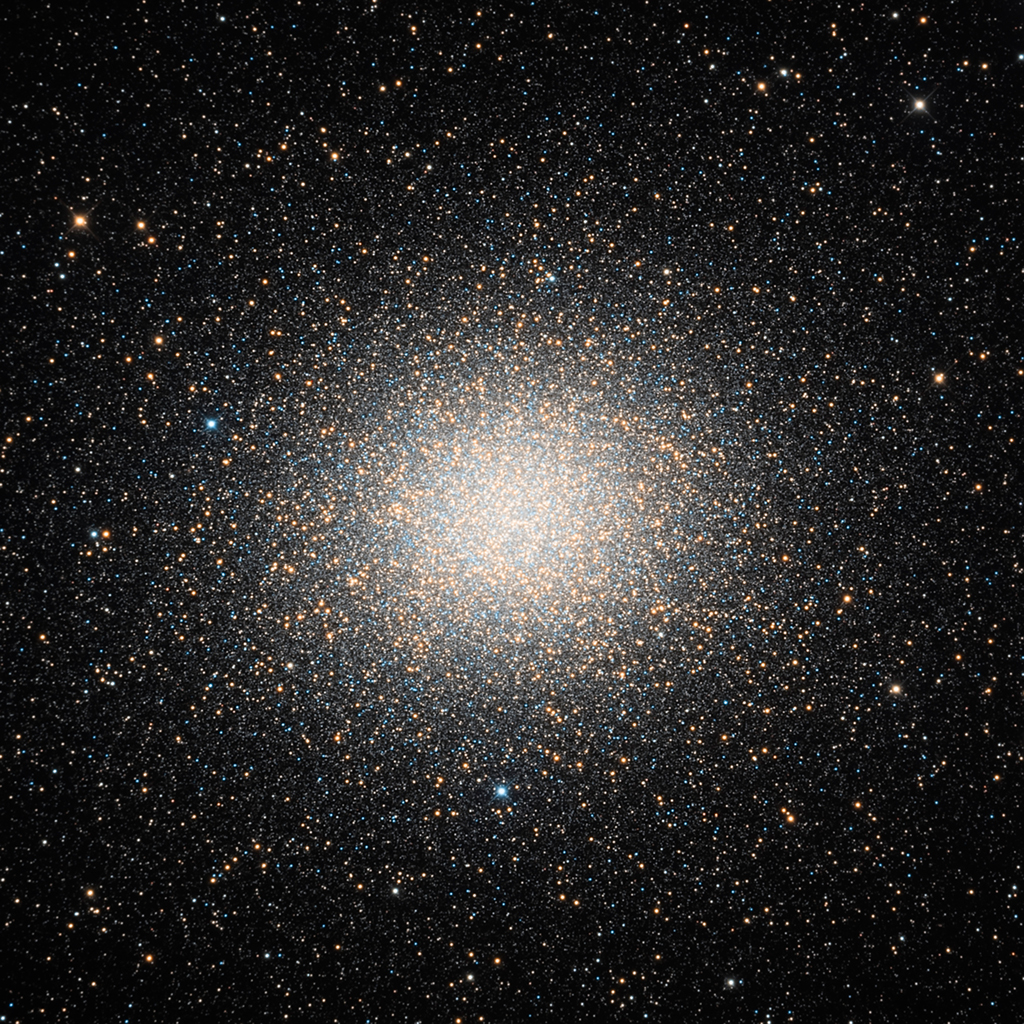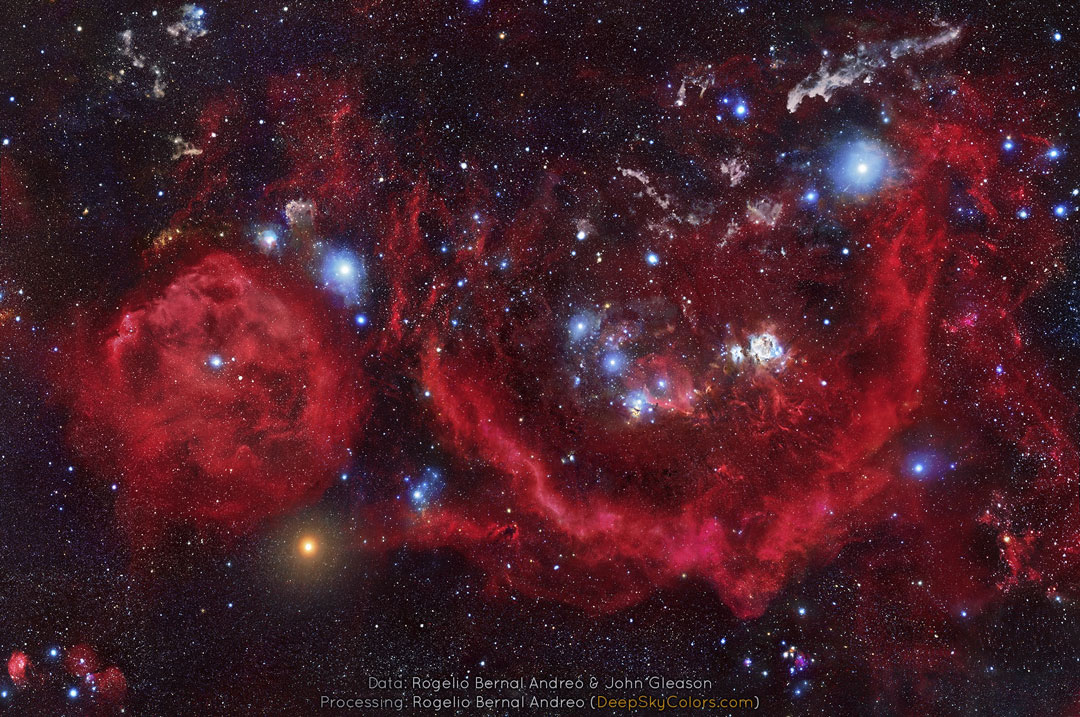
Spitzer’s Orion





ROSALÍA, Ozuna – Yo x Ti, Tu x Mi (Official Video)
via YouTube https://youtu.be/2j3x0VYnehg
ROSALÍA & OZUNA – «Yo x Ti, Tu x Mi» (Official Video)
Download & Stream «Yo x Ti, Tu x Mi»: https://ift.tt/2YQE2Xp
Amazon – https://ift.tt/2MZYGNQ
Apple Music – https://ift.tt/2YMtCYW
Deezer – https://ift.tt/2N1fUuh
iTunes – https://ift.tt/2YV3LhK
Spotify – https://ift.tt/2N9vwf9
YouTube Music – https://ift.tt/31FldU7
Directors: Cliqua (RJ Sanchez & Pasqual Gutierrez)
Creative Directors: Pili y Rosalía
Producer: Ryan Huffman
Commissioner: Saul Levitz
Executive Producers: Seb Webber, Matt Zolly, Jerad Anderson, Ryan Huffman
Production Company: Huffman Creative
Line Producer: Jay Tauzin
Director of Photography: Logan Triplett
Choreographer: Charm La’Donna
Stylist: Samantha Burkhart
Editor: Antonio Gómez-Pan
Follow ROSALÍA:
Instagram: https://ift.tt/2xyErR4
Twitter: https://twitter.com/rosaliavt
Facebook: https://ift.tt/2K1LhoL
Spotify: https://ift.tt/31ICk7z
Official Site: https://ift.tt/2M1hKL7
Follow Ozuna
Instagram: https://ift.tt/2mNHMU7
Twitter: https://twitter.com/Ozuna_Pr
Facebook: https://ift.tt/2uO1a8j
#ROSALÍA #YOXTITUXMI #OZUNA




